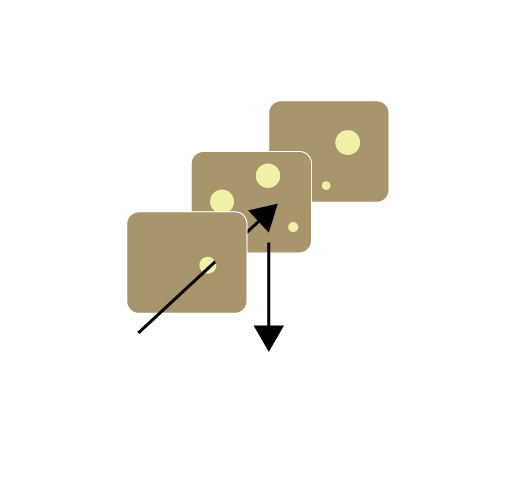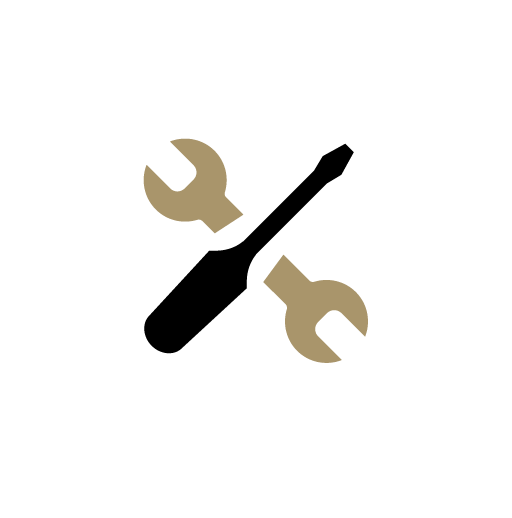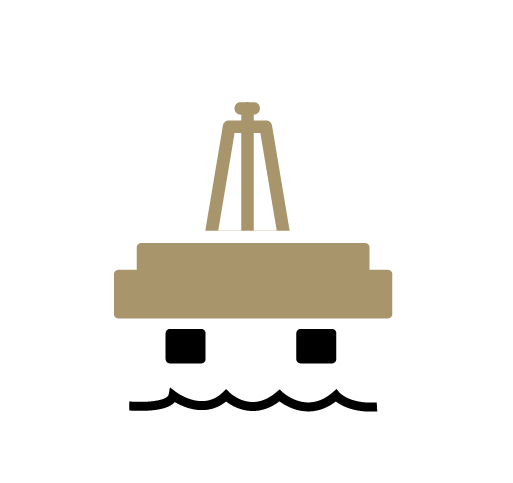
Marine operations are inherently complex due to the harsh and unpredictable offshore environments, advanced systems, and the need to balance safety, efficiency, and regulatory compliance. Failure to manage this complexity effectively can lead to loss of position, operational inefficiencies, increased downtime, and potential accidents.
We use historical data and experience from the assessment of safety cases, investigations, and verification reports as input for prioritizing inspections.
- Positioning systems: Ensure that the positioning systems are in intact. Positioning systems in form of Anchoring system; Dynamic Positioning system or Posmoor - ATA. Verify that procedures are in place and implemented. Verify that emergency ballast procedures are implemented, and that necessary training is done.
- Ballast system: Ensure that the ballast systems are in intact. Verify that procedures are in place and implemented. Verify that emergency ballast procedures are implemented, and that necessary training is done.
- Stability: Ensure that the stability system is intact. Verify that procedures are in place and implemented. Verify that loading computer is approved and a system for add on wight are in place.
- Watertight integrity: Ensure that the watertight systems are intact. Verify that watertight doors, hatches and damper working as intended. Verify that performance standards for the systems are met.
- Marine operations: Ensure that clear and effective operational procedures are in place. Verify that learning from past experiences, and best practices contribute to safe and efficient operations.
- Procedures/ lessons learned/ best practice: Developing clear and effective operational procedures, learning from past experiences, and implementing best practices contribute to safe and efficient operations.
- Roles and responsibilities: Verify that clearly defined roles and responsibilities are in place and understood.
- Training and competence: Verify that training and competence are in place and properly followed up.
Marine operations are inherently complex due to the harsh and unpredictable offshore environments, advanced systems, and the need to balance safety, efficiency, and regulatory compliance. Failure to manage this complexity effectively can lead to loss of position, operational inefficiencies, increased downtime, and potential accidents.
We use historical data and experience from the assessment of safety cases, investigations, and verification reports as input for prioritizing inspections.
- Positioning systems: Ensure that the positioning systems are in intact. Positioning systems in form of Anchoring system; Dynamic Positioning system or Posmoor - ATA. Verify that procedures are in place and implemented. Verify that emergency ballast procedures are implemented, and that necessary training is done.
- Ballast system: Ensure that the ballast systems are in intact. Verify that procedures are in place and implemented. Verify that emergency ballast procedures are implemented, and that necessary training is done.
- Stability: Ensure that the stability system is intact. Verify that procedures are in place and implemented. Verify that loading computer is approved and a system for add on wight are in place.
- Watertight integrity: Ensure that the watertight systems are intact. Verify that watertight doors, hatches and damper working as intended. Verify that performance standards for the systems are met.
- Marine operations: Ensure that clear and effective operational procedures are in place. Verify that learning from past experiences, and best practices contribute to safe and efficient operations.
- Procedures/ lessons learned/ best practice: Developing clear and effective operational procedures, learning from past experiences, and implementing best practices contribute to safe and efficient operations.
- Roles and responsibilities: Verify that clearly defined roles and responsibilities are in place and understood.
- Training and competence: Verify that training and competence are in place and properly followed up.

.jpg)




















